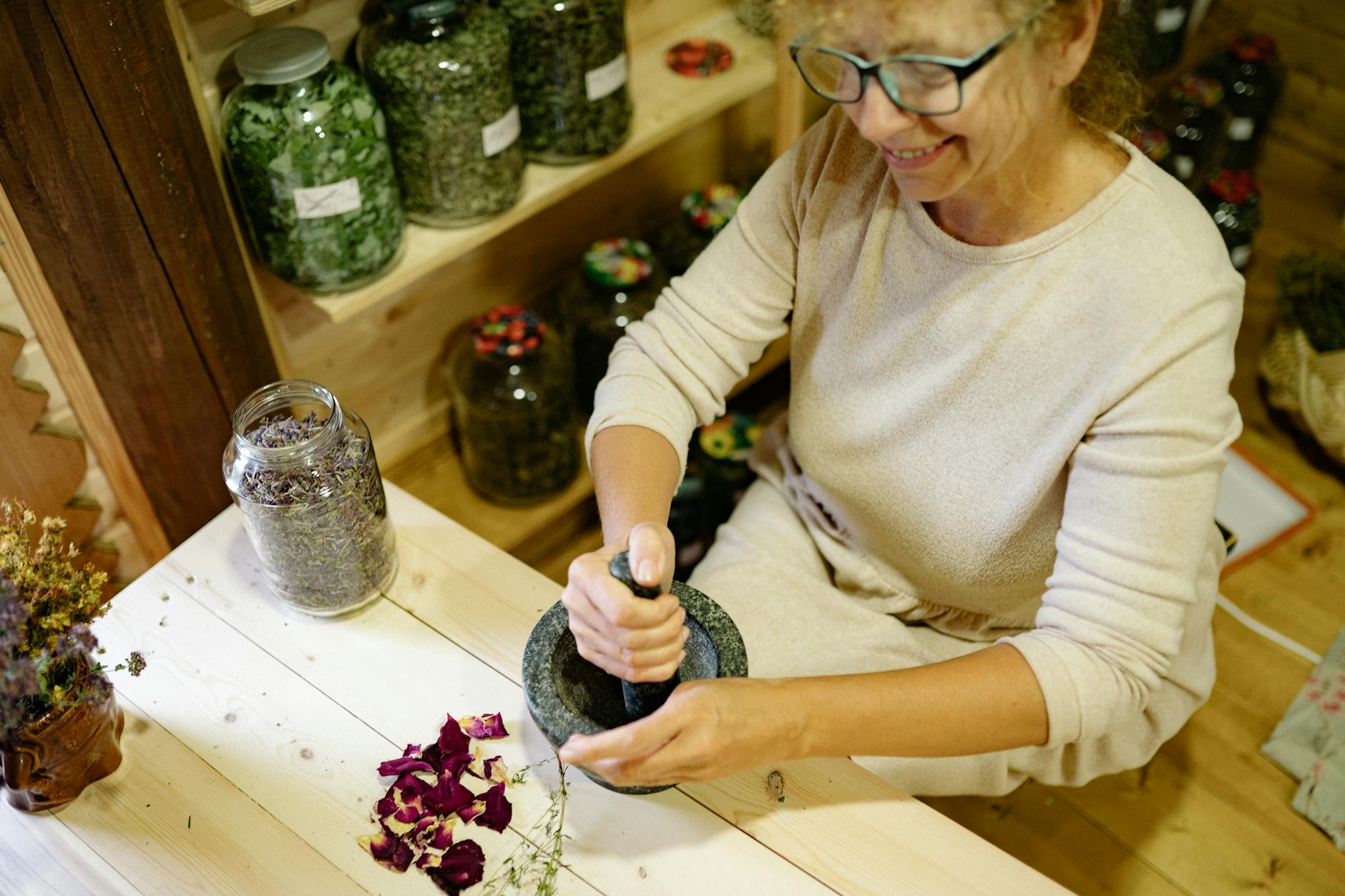In the modern world, where sustainability and environmental consciousness have become paramount, it’s crucial to adopt eco-friendly practices in every aspect of our lives. One area where we can make a significant impact is through our storage solutions. Eco-friendly storage options not only contribute to a greener planet but also promote a healthier and more sustainable lifestyle. From reusable containers to upcycled shelves, there are a plethora of green alternatives available for storing your belongings in an environmentally responsible way.
Reusable Containers: A Sustainable Storage Solution
One of the easiest ways to transition to eco-friendly storage is by using reusable containers. Instead of relying on single-use plastic bags or disposable packaging, opt for durable containers made from materials such as glass, stainless steel, or silicone. These containers are not only better for the environment but also safer for storing food and other items. Glass jars, stainless steel lunchboxes, and silicone bags are versatile options that can be used for storing a wide range of items, from leftovers to office supplies.
Upcycled Shelving: Creativity Meets Sustainability
Another creative and sustainable storage solution is upcycled shelving. Instead of purchasing new shelves made from unsustainable materials, consider repurposing old items to create unique storage solutions. Upcycled shelves can be made from a variety of materials, such as vintage crates, salvaged wood, or repurposed metal. Not only does upcycling promote creativity and individuality, but it also reduces waste and minimizes the demand for new resources. From a ladder transformed into a bookshelf to old crates turned into storage bins, the possibilities for upcycled shelving are endless.
Bamboo Storage Products: Stylish and Sustainable
Bamboo is a rapidly renewable resource that has gained popularity in the eco-friendly movement due to its sustainability and durability. Bamboo storage products, such as baskets, trays, and bins, offer a stylish and sustainable alternative to traditional storage solutions. Bamboo is not only lightweight and strong but also naturally resistant to moisture and pests, making it an ideal material for storage items. Whether you use bamboo baskets to organize your bathroom essentials or bamboo trays to display your jewelry, incorporating bamboo storage products into your home adds a touch of eco-conscious style to your space.
Cloth Storage Bins: Functional and Earth-Friendly
Cloth storage bins are another eco-friendly storage option that combines functionality with sustainability. Made from natural fibers such as cotton or linen, cloth storage bins are versatile, durable, and biodegradable. These bins come in a variety of sizes, shapes, and colors, making them suitable for organizing everything from clothes to toys to office supplies. Cloth storage bins can be easily folded and stored when not in use, making them a convenient and space-saving storage solution. By opting for cloth storage bins over plastic containers, you can reduce your environmental impact while keeping your belongings organized in style.
Conclusion
In conclusion, eco-friendly storage is a simple yet effective way to reduce your carbon footprint and promote a more sustainable lifestyle. By incorporating reusable containers, upcycled shelving, bamboo storage products, and cloth storage bins into your home, you can not only declutter your space but also contribute to a greener planet. Making conscious choices about the way we store our belongings can have a significant impact on the environment and our well-being. Embracing eco-friendly storage alternatives is a step in the right direction towards creating a more sustainable future for generations to come.


